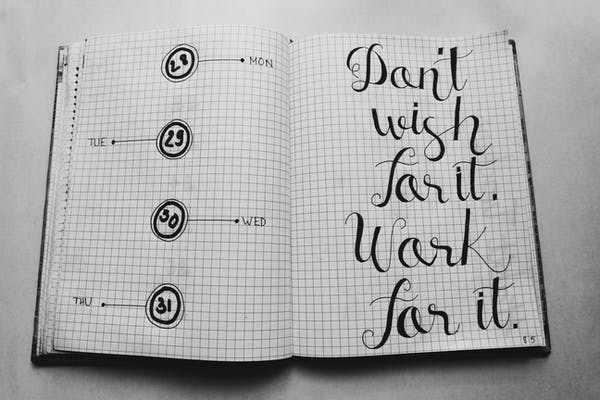
Master of Arts (MA) or Master of Fine Arts (MFA)
The Master of Fine Arts (MFA) program is a postgraduate degree program in the visual and performing arts. The majority of colleges and universities offer the course, which typically lasts two years and is divided into four semesters.
There are a variety of MFA specialisations that candidates can choose to pursue. Some such specialisations are mentioned below:
| Column1 | Column2 |
| Creative writing | Ceramics |
| Photography | Painting |
| Drawing and Illustration | Sculpture |
| Graphic design | Applied Arts |
| Computer animation | Acting |
The objective of a Master of Fine Arts program is to assist candidates in honing their skills and becoming artists in their chosen fields. Candidates with an MFA can work in a variety of fields, such as advertising, clothing, printmaking, magazines, dance studios, digital media, publishing houses, and others.
MFA Eligibility Criteria
To be eligible for the MFA, candidates must meet the following requirements:
• Have a Bachelor of Fine Arts (BFA) or other degrees that is comparable to a recognized institution or university. Obtain the minimum aggregate percentage, which is typically between 50 and 60 percent, as required by the institution to which a candidate is applying for admission.
| Column1 | Column2 |
| Skillset for MFA Candidates | |
| Creativity | Realistic and constructive drawing |
| Composition skills | Colour techniques |
| Organisation skills | Decision-making skills |
| Research skills | Attention to detail |
| Interpretive skills | Teamwork |
Course curriculum for MFA
| Column1 | Column2 |
| MFA Core Subjects | |
| Aesthetics & Principles of Art Appreciation | History of Indian Art |
| History of European Art | History of Indian Architecture |
| History of Indian Painting and Sculpture | Principles and Sources of Art |
| History of Oriental Art | Sociology |
| Mechanism of Artistic Perception | - |
MFA: Job Profiles & Top Recruiters
Depending on their MFA specialization, candidates can find employment in various sectors including animation, gaming, design manufacturing, digital media, advertising, academic institutions, television, theatre, tailoring shops, music companies, art studios, and a lot more.
Some of the popular job profiles for MFA passouts include:
• Art Teacher: An Art teacher is responsible for refining the practical skills of students along with teaching theory of various art forms such as drawing, painting, sculpture, photography, ceramics, etc. A candidate can obtain a BEd degree or clear UGC NET to become an Art teacher at the school or college level, respectively.
• Musician: A musician is an artist who performs music for live audiences and recordings. A musician can perform as a solo artist or can also choose to work in bands, choirs, orchestras, etc.
• Music Teacher: A music teacher is responsible for teaching music to students in the form of instrumental techniques, scales, music theory, etc.
• Art Director: An art director is a professional who manages teams of creative designers. An art director can choose to work in advertising agencies, publishing houses, the television industry, the film industry, the gaming industry, the theatre, etc.
• Graphic Artist/ Designer: A graphic designer creates and assembles pictures to make beautiful designs by using software such as Adobe InDesign. Such designers can choose to work in print, electronic or digital media.
• Photographer: A photographer uses his creativity along with technical expertise and composition skills to click pictures that visually tell a story.
• Creative Director: The main responsibility of a creative director is to head the creative team of a company. The creative team of a company mainly includes professionals like designers, copywriters, marketers, salespersons, and artists.
• Art Restorer: An art restorer restores, preserves, and analyses artifacts and works of art. An art restorer or conservator usually specializes in a particular type of object such as paintings, books, sculptures, or textiles.
• Art Critic: An art critic is a professional who is specialized in analyzing, interpreting, and evaluating art. An art critic’s reviews are often published in different newspapers, magazines, books, and websites.
• Animator: An animator is responsible for designing cartoons and creating visual effects for television, video games, movies, etc.
• Illustrator: An illustrator is responsible for drawing illustrations for books, advertisements, periodicals, etc. An illustrator might also use a digital format to draw backgrounds for video games.